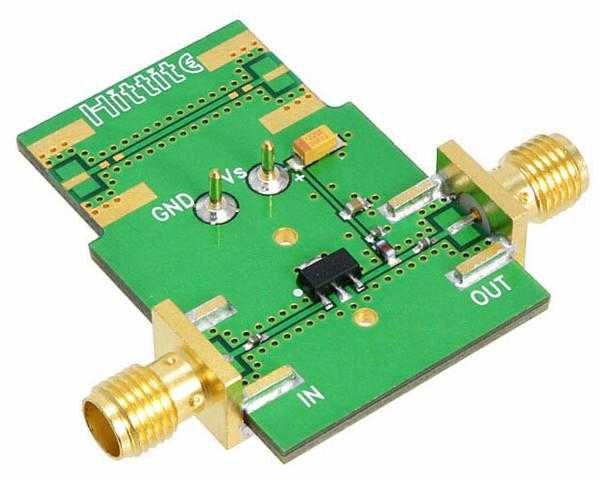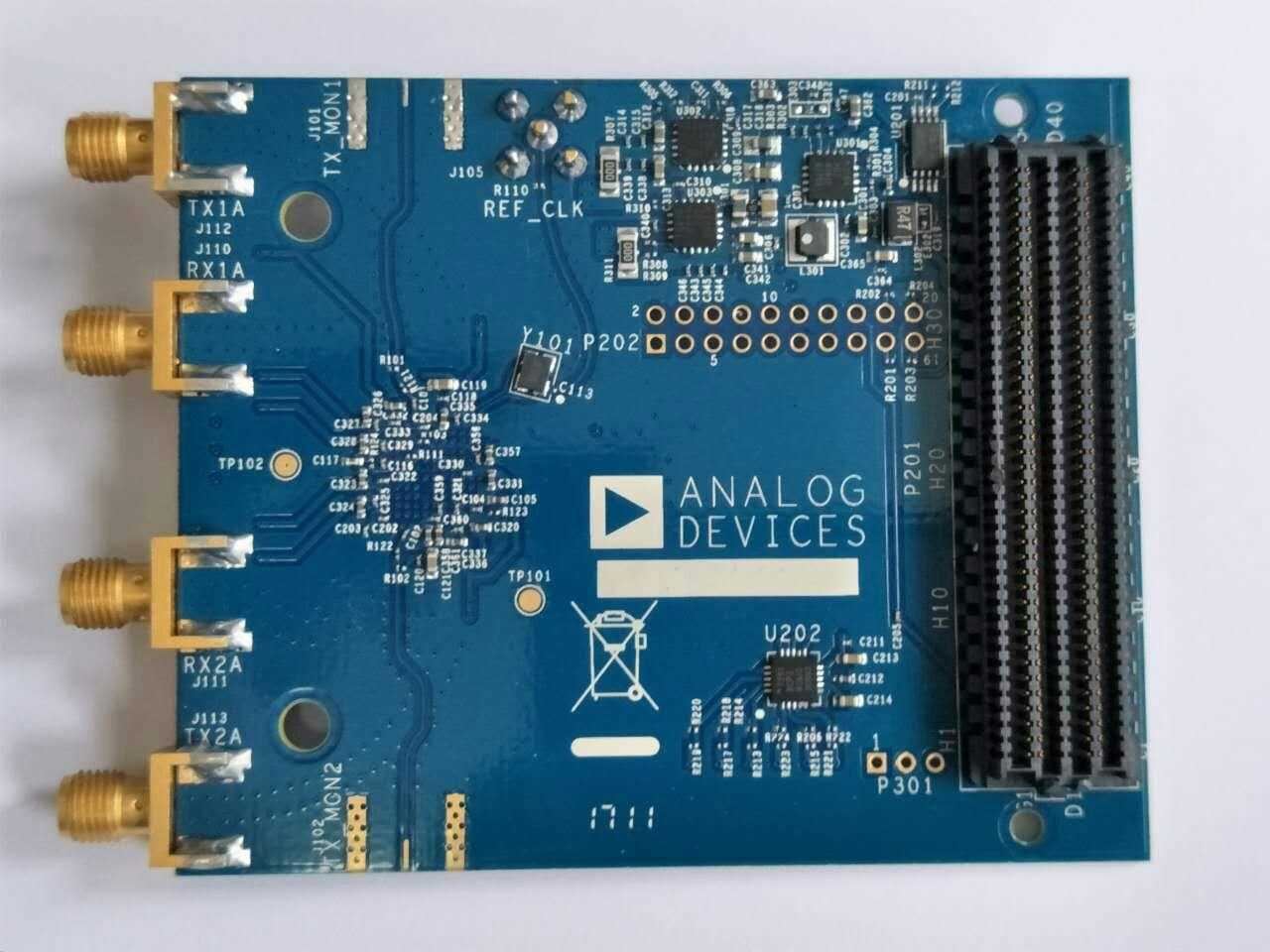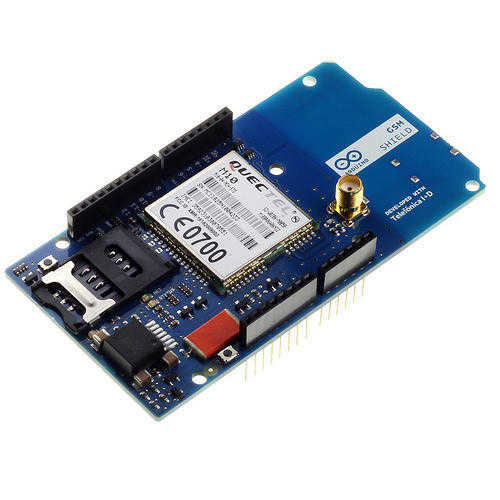Design Elements of RF PCB

Design Elements of RF PCB
In electronic products and equipment, circuit board is an indispensable part, it plays the role of electrical and mechanical connection of circuit system.
How to arrange and combine the components in the circuit according to certain requirements is one of the main tasks of the PCB designer. Layout design is not simply to arrange components on the PCB, or the circuit can be connected. Practice has proved that a good circuit design, must have a reasonable layout of components, in order to make the circuit system after the entity combination to achieve stable and reliable work. On the contrary, if the layout of components is unreasonable, it will affect the performance of the circuit board and even can not work. Especially in the widely used integrated devices today, if the integrated circuit is still installed in the way of wiring board, then not only the volume of the circuit is huge, but also can not work stably. Therefore, in the process of product design, layout design and circuit design have the same important position.

The following RenhotecIC a brief introduction to RF PCB design considerations.
Layout considerations
1) structure design requires that the structure of the product be clearly defined before PCB the layout. The structure needs to be reflected on the PCB board (the structure and PCB contact part, The position and shape of the shell). Like the outer thickness of the shell, The thickness of the septum, chamfer radius size and screw size on the septum, etc. In general, 4 mm; outer cavity thickness The width of inner cavity is 3 mm (2 mm of dispensing process); Chamfer radius 2.5 mm. Based on the bottom left corner of the PCB plate, And the position of the cavity on the PCB is an integer of 0.5, At least need to do the lattice point of 0.1 integer times. This facilitates structural processing, Error control is more accurate. Of course, This needs to be designed according to the type of specific product.
2)layout requires priority to layout RF links, and then layout other circuits. RF link layout considerations are based on the schematic sequence (input to output, including the location of each component and the spacing between components. Some components and components should not be too large distance, such as π network. ) layout into a "one" or "L"" shape.
Due to the limitation of product space, it is impossible to realize "one" font layout completely in the actual RF link layout, which forces us to "U"" layout. Layout into U shape is not impossible, but need to add a cavity in the middle to isolate the left and right, do a good shielding.
There is also a lateral need to add a cavity. That is, use a cavity to isolate the shape of the left and right. This is mainly because the isolation part is very sensitive or easy to interfere with other circuits; in addition, it is possible that the gain of the one-character input terminal to the output end is too large and needs to be separated by a spacer (if the gain is too large, The cavity is too large and may cause self-excitation).
Chip Peripheral Circuit Layout
RF device peripheral circuit layout strictly refers to the above requirements of the datasheet layout, limited by space can be adjusted (to ensure that the process requirements, as close as possible to the chip placement); digital chip peripheral circuit layout is not much. If the structure has a metal bottom plate, PCB contact with the bottom plate as far as possible do not put components, avoid slotted on the metal bottom plate.
Wiring considerations

Wiring according to 50 ohm impedance line width (usually need to do interlayer reference), as far as possible from the center of the pad, line into a straight line, as far as possible in the surface. Make 45 degree angle or arc line where you need to turn. The pad on both sides of the capacitor or resistance is recommended as the inflection point. If you encounter device wiring matching requirements, please strictly follow the reference length and shape above the datasheet. For example, the length of the line between an amplifier and a capacitor (or the length of the line between the inductor) and so on.
For PCB design, in order to make the design of high frequency circuit board more reasonable and better anti-interference performance, we should consider the following aspects (general practice):
1) Reasonable Selection of Layer Number 2
3)line length 4) number of holes 5) interlaminar wiring direction 6) copper 7) ground 8) signal line
Grounding treatment
1) RF link grounding RF part adopts multi-point grounding method for grounding treatment. RF link copper gap is generally 20 mil to 40 mil used more. Both sides need to be perforated, and the spacing is as consistent as possible. The grounding pad of the ground capacitance resistance on the RF path is as close as possible to the grounding hole. The grounding pad on the device needs to be perforated.
2) the shell earthing hole in order to make better contact between the shell and the PCB plate. Generally two rows of grounding holes and staggered placement.
The contact position between the PCB and the septum needs to open the window, PCB the bottom ground copper skin and the bottom plate contact place all need to open the window processing (this layer signal line does not allow to open the window), causes its better contact. As shown below (the upper half of the PCB plate is in contact with the base)
Screw placement (structural knowledge required)
To have closer contact (better shielding and heat dissipation) between the PCB and the base and the housing, screw hole positions need to be placed on the PCB plate. Screw placement between the PCB and the housing: place a screw at each cross of the compartment. In the actual design, the implementation is difficult, can be adjusted according to the module circuit function. But anyway, there must be screws on all four corners of the shell.

Screw placement method between the PCB and the base: each small cavity in the cavity shell needs to have screws, depending on the size of the cavity, the number of screws (the larger the cavity, the more screws are placed). The general principle is to place screws on the diagonal of the cavity. screws must be placed next to the SMA head or other connectors. The SMA head or connector does not deform PCB plate during insertion.
Above all, regarding Design Elements of RF PCB,You should know more! Please pay attention to the real-time dynamics of RenhotecIC if you need to know more about PCB knowledge!







Leave a Comment